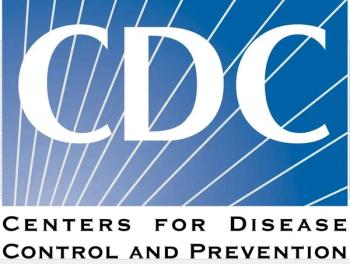
Direct-Acting Antivirals Not Linked to Liver Cancer Recurrence
Results of the largest study of its kind may help quell longstanding controversy surrounding the impact of DAA therapy on recurrence of HCC.
In an effort to help clarify ongoing controversy surrounding the effects of direct-acting antiviral (DAA) therapies for hepatitis C virus (HCV) infection on hepatocellular carcinoma (HCC) recurrence, researchers led by Amit G. Singal, MD, MS, conducted the largest study of its kind comparing HCC recurrence patterns between DAA-treated patients vs untreated patients across multiple clinical centers in the US and Canada. What did the study reveal? And how will the results impact clinical practice? Find out with our quick slideshow below.Â
Newsletter
Enhance your clinical practice with the Patient Care newsletter, offering the latest evidence-based guidelines, diagnostic insights, and treatment strategies for primary care physicians.















































































































































































































































































